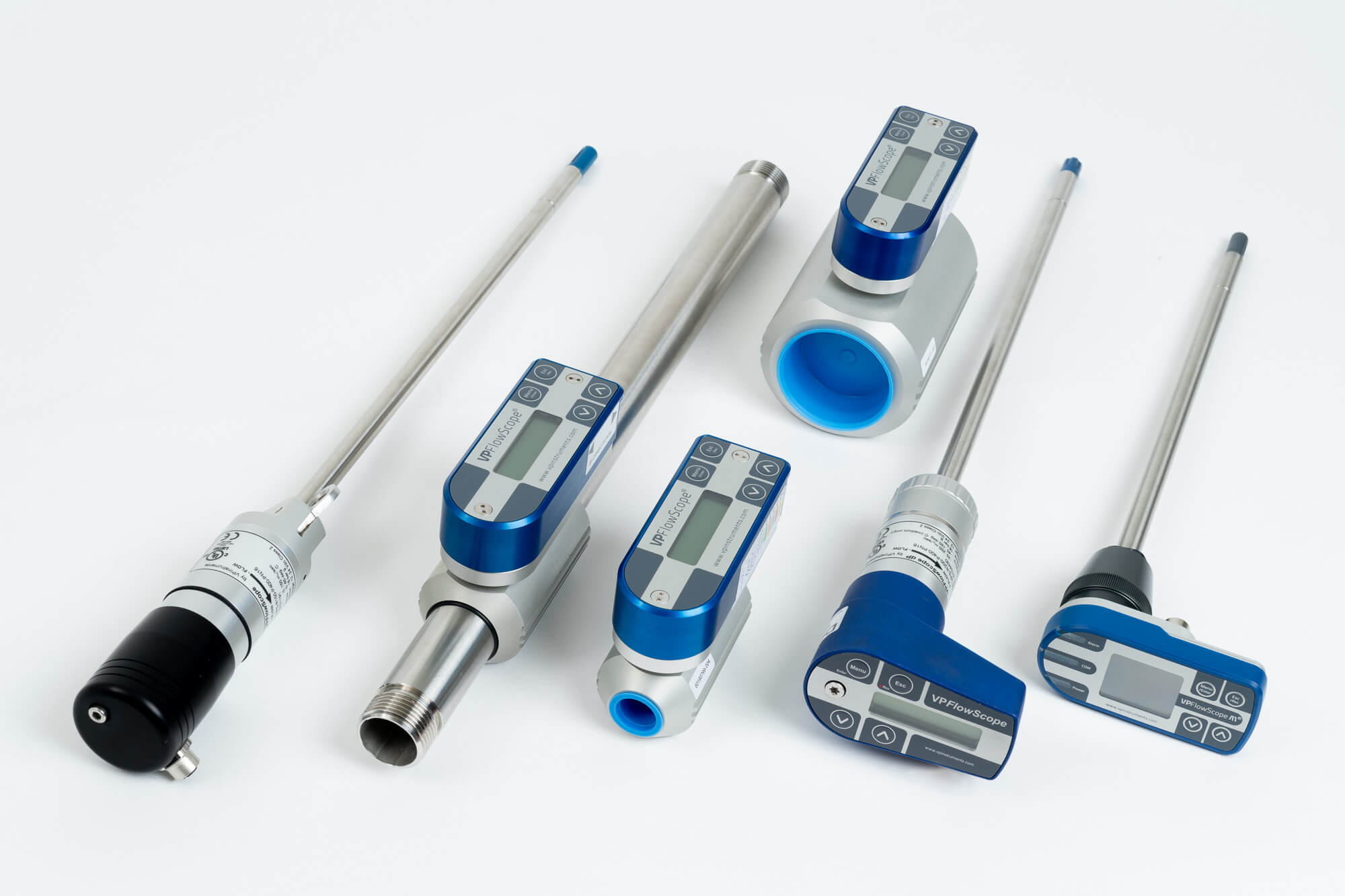In the relentless pursuit of understanding and mitigating environmental challenges, unlocking insights into air quality has become paramount. Amidst the myriad of pollutants, carbon dioxide CO2 stands out as a significant contributor to climate change and air pollution. To tackle this issue, innovative solutions are emerging, with CO2 flowmeters proving to be invaluable tools for ambient monitoring and analysis. These flowmeters, traditionally used in industrial processes and medical applications, are now finding new purpose in environmental science. At the heart of CO2 flowmeter technology lies its ability to precisely measure the flow rate of carbon dioxide in various environments. By integrating these instruments into ambient monitoring systems, researchers gain real-time data on CO2 levels, enabling a deeper understanding of air quality dynamics. Unlike conventional stationary monitoring stations, CO2 flowmeters offer portability and flexibility, allowing for deployment in diverse settings, from urban centers to remote wilderness areas. This versatility enables a comprehensive assessment of CO2 distribution across different landscapes and ecosystems.

One of the key advantages of CO2 flowmeters is their high accuracy and sensitivity. Even minor fluctuations in CO2 concentrations can have profound implications for climate patterns and human health. By capturing detailed measurements with precision, these flowmeters provide researchers with a nuanced view of air quality dynamics, facilitating the identification of trends and patterns over time. Moreover, their ability to detect localized spikes in CO2 emissions enables the pinpointing of pollution sources, ranging from vehicular traffic to industrial facilities, aiding in targeted mitigation efforts. Furthermore, CO2 flowmeters offer compatibility with advanced data analysis techniques, including machine learning algorithms and geographical information systems GIS. By coupling flowmeter data with environmental variables such as temperature, humidity, and wind patterns, researchers can develop predictive models to forecast CO2 dispersion and assess its impact on local and regional air quality and visit site https://www.wtfarley.com/co2-flowmeters. This integrated approach enhances the effectiveness of air quality management strategies, enabling policymakers to make informed decisions and implement targeted interventions to reduce CO2 emissions and improve public health outcomes.
In addition to their utility in research and policymaking, CO2 flowmeters hold promise for citizen science initiatives and public engagement efforts. By equipping communities with portable monitoring kits, individuals can actively contribute to air quality monitoring efforts, fostering a sense of environmental stewardship and empowering grassroots advocacy for cleaner air. Furthermore, the transparent and accessible nature of flowmeter data promotes public awareness and accountability, driving collective action towards sustainable solutions for air quality improvement. In conclusion, CO2 flowmeters represent a valuable asset in the quest to unlock insights into air quality. Through their precision, versatility, and compatibility with advanced analytical techniques, these instruments enable researchers to gain a comprehensive understanding of CO2 dynamics in the environment. By harnessing the power of CO2 flowmeters for ambient monitoring and analysis, we can pave the way towards more effective strategies for mitigating air pollution, safeguarding human health, and preserving the planet for future generations.